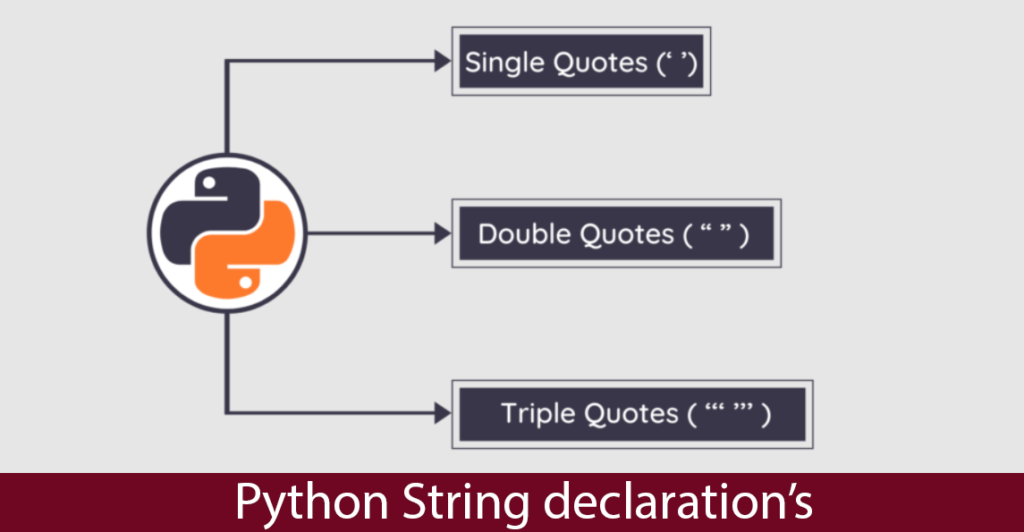Python Strings – What are they?
We are going to examine Python strings in this post with examples, in the hopes that it will assist you in your learning process.
Python Strings
A Python string is denoted by either a single quotation mark, or a double quotation mark.
Example ‘elon’ is the same as “elon”.
The print() function can be used to render a string literal as follows:
Example:
Set a variable with a string

Python strings are allocated to variables by appending the variable name followed by an equal sign and the string:
Example:
Multiline Strings
Python strings allow you to assign a multiline string to a variable by using three quotes:
Three double quotes can be used:
Example:
Three single quotes are also acceptable:
Example:
Strings are Arrays
An array of bytes representing unicode characters is a string in Python, just like in many other popular programming languages.
The character data type does not exist in Python. Each character is simply a string of length one.
Accessing elements of a string can be done with square brackets.
Locate the first character – don’t forget that the first character has position 0:
Example
String Loops
A for loop allows us to loop through the characters in a string since strings are arrays.
Loop through the letters in the word “MrExamples”:
Example:
String Length
Using the len() function in Python, we can determine the length of a string.
A string’s length can be determined by the len() function.
Example
Check String
A string can be checked to see if a certain phrase or character is present within it using the keyword in.
You can check the following text for the presence of the word “human”:
Example
You can use it in an if statement as follows:
The following should be printed only if the word “threat” is present:
Example
Check if NOT
We can use the keyword not in to determine whether a certain phrase or character is found in a string.
This text doesn’t contain the word “tesla”:
Example
In an if statement, use it as follows:
If “tesla” is not present, print only:
Example
Python Strings Importance
Strings are a fundamental and important data type in Python. They represent sequences of characters and are widely used in programming for various purposes. Here are some reasons why strings are important in Python:
- Strings are primarily used for representing and manipulating text data. They allow you to store, access, and modify textual information such as names, addresses, messages, and more. String manipulation is a common task in programming, and Python provides a rich set of built-in string methods and operations for that purpose.
- Strings play a crucial role in input and output operations. They are used for reading text input from users, files, or other sources, as well as for displaying information and generating output in a human-readable format. Python’s
input()andprint()functions, for example, deal with strings for user interaction. - Strings are often used to represent data in a structured format. For instance, you might store data in a CSV (Comma-Separated Values) file where each value is represented as a string. Similarly, JSON (JavaScript Object Notation) and XML (eXtensible Markup Language) data formats use strings to encode and represent complex data structures.
- Python provides powerful string formatting capabilities, allowing you to combine strings with other values and format them in a specific way. String interpolation using placeholders, such as f-strings (
f"Hello {name}") or theformat()method, is commonly used to create dynamic and formatted output. - Strings are essential for text processing tasks such as searching, extracting, and manipulating specific patterns within text. Python’s regular expression module (
re) enables powerful pattern matching and manipulation of strings, making it easier to process and analyze textual data. - When interacting with external systems, such as databases or APIs, strings are used to pass and receive data. For example, you may need to send an HTTP request with a string-based payload or retrieve data from a database using SQL queries expressed as strings.
- Python supports Unicode, which allows strings to represent a wide range of characters from different languages and writing systems. This makes Python suitable for internationalization and localization efforts, enabling the development of applications that can handle text in multiple languages.
